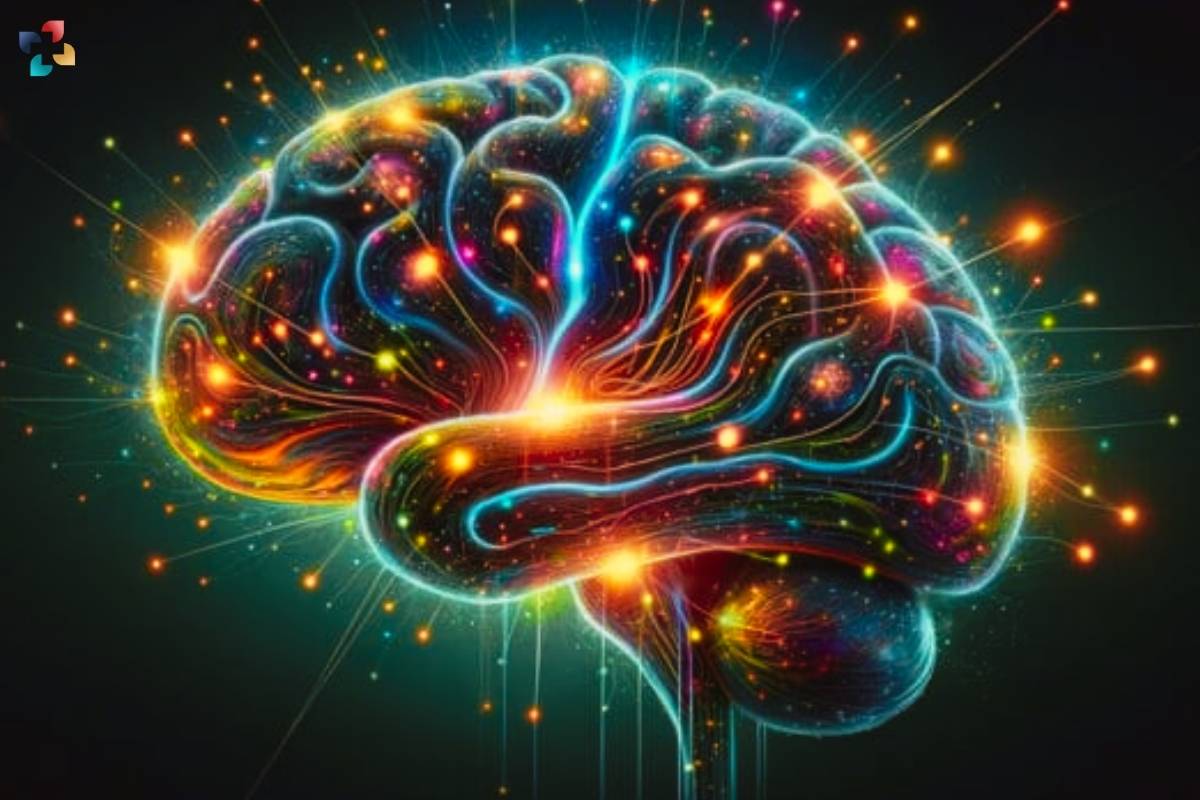Source-psypost
Hidden Complexity in Astrocytes Revealed
A recent study published in Nature has shed light on the unexpected complexity within astrocytes and their involvement in repetitive behaviors associated with various neuropsychiatric diseases. Led by Prof. Zhang Xiaoming from the Shanghai Institute of Immunity and Infection (SIII) of the Chinese Academy of Sciences, along with Profs. Gao Qiang, Fan Jia, and Yang Li from Fudan University, the research highlights the potential of astrocytes as therapeutic targets for such conditions.
Astrocytes, dominant glial cells within the central nervous system (CNS), are known for their diverse functions in metabolic support, neuroprotection, and homeostasis. However, their specific roles within neural circuits and contributions to neurological diseases have remained unclear. The study focused on astrocytes within the central striatum, revealing a unique population expressing the Crym gene, which encodes the protein µ-crystallin.
Crym’s Role in Neuropsychiatric Disorders Explored
Previous research had linked Crym expression to disorders like amyotrophic lateral sclerosis (ALS), schizophrenia, and Huntington’s disease (HD). However, its precise role within striatal astrocytes and the function of µ-crystallin in the brain were not fully understood. The study found that Crym-expressing astrocytes are particularly abundant within the central striatum, suggesting a potential connection to neuropsychiatric conditions.
Using knockout mouse models, researchers investigated the effects of Crym loss-of-function on behavior and neuronal activity. Interestingly, Crym knockout mice exhibited behaviors resembling perseveration, a hallmark of conditions like obsessive-compulsive disorder (OCD), autism, Tourette’s syndrome, and HD. Additionally, increased neuronal activity was observed in brain regions associated with these behaviors.
Implications for Future Therapeutic Strategies
The study’s findings have significant implications for understanding and treating neuropsychiatric diseases characterized by repetitive behaviors. By uncovering the mechanism through which Crym-expressing astrocytes regulate neurotransmitter release in the central striatum, researchers have identified a potential target for therapeutic intervention.
The research suggests that strategies aimed at modulating neurotransmitter release from specific astrocyte populations could alleviate symptoms associated with neuropsychiatric disorders. Additionally, the identification of brain region-enriched astrocytes provides valuable insights for future studies aiming to dissect the neural circuits underlying these diseases. This study opens up new avenues for developing more targeted and effective treatments for individuals affected by neuropsychiatric conditions.









